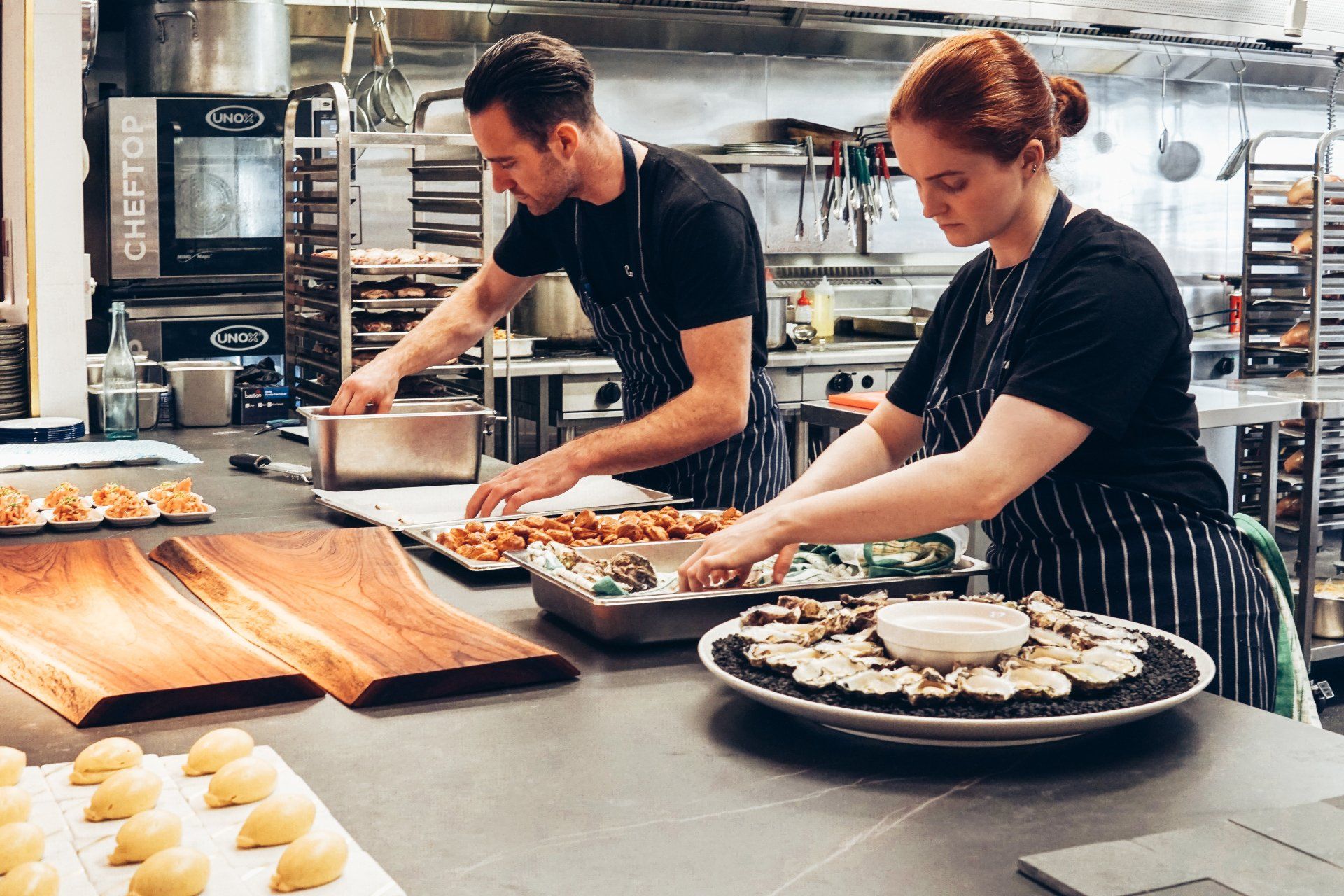How to Set Realistic Goals for Your Restaurant
For restaurant or bar owners, goals are your stepping stones towards success and profitability.
Finding clarity provides direction and supports growth, but before you hit the ground running with new plans, you must clearly understand your main objectives and how your team can achieve them.
Every restaurant or bar should set goals in four foundational categories
- Food Selection and Quality–Consistent, top-notch quality keeps customers coming back for more while attracting new guests.
- Restaurant Staff – In developing consistent and high-quality customer service plans, you should also establish methods to retain and manage your current team.
- Restaurant Marketing – Digital and word-of-mouth marketing are two of the best ways to gain a more extensive customer base and increase profits for your restaurant business.
- Restaurant Finances – Gaining a solid understanding of your business's profit margins will help your restaurant flourish.
Use these four categories as anchors for your brainstorming sessions as you reflect on ways your restaurant or bar can grow. Do you feel that your team is efficient, friendly, and dedicated to providing excellent customer service? Is food quality consistent? How are you marketing your brand, and are you seeing increased profits with your current strategy? Asking these core questions opens the door to the SMART restaurant goal-setting process.
Let’s explore the four goal-setting strategies that will help grow your bar, restaurant, or night club
Set goals to enhance food quality and presentation
Showcasing quality foods and beverages is essential in the bar and restaurant industry. Consistent, top-notch quality keeps customers coming back for more while attracting new guests.
However, your success can derail if your restaurant has a track record of hit-or-miss quality. If you’ve noticed inconsistencies, take this time to examine your menu, food preparation procedures, and staff training. Based on your observations, set specific goals for kitchen staff and front-of-house employees.
For instance, if quality suffers during peak hours due to short-staffing, it may be an indicator that you need to hire additional support. You might set a goal to hire chefs experienced in a fast-paced environment and provide extensive food preparation training. As for the rest of your team, communicate expectations clearly regarding consistency in food quality and presentation.
If you're thinking of switching up food options for the holidays or showcasing new specials for happy hour, consider updating your menu as a whole. However, be mindful that all changes to your menu must maintain customer satisfaction.
You can cater to your target demographic with the help of a Point Of Sale (POS) system, which tracks best-selling menu items. A POS system also provides a glimpse of menu items that aren't as popular. Take advantage of profit reports when setting menu and food goals. You may be able to swap out an old dish with a new and creative winner!
Align goals with your staff
No restaurant or bar is complete without a team to keep it running, which is why it's essential to align goals with your staff. In developing consistent and high-quality customer service plans, you should also establish methods to retain and manage your current team.
It's no secret that restaurants and bars have a high turnover rate; however, the turnover rate has almost doubled in recent years, making it challenging for restaurants to maintain consistent quality services.
According to the Bureau of Labor Statistics, the restaurant industry suffered from a 130% turnover rate in 2020. Business Insider states that there's been a 144% turnover rate in fast-food restaurants in 2021.
When setting goals for your staff, focus on strategies that support your employees and create a healthy working environment for them.
Here are five team management goals to maintain a healthy workflow:
- Update training methods to ensure staff confidence
- Communicate and manage your expectations and standards
- Show appreciation for your staff
- Listen to your team's feedback
- Update your restaurant management technology
When you set goals that prioritize your employees’ well-being and foster a stable working environment, you create a foundation for your restaurant or bar to achieve long-term success with a solid and dependable team.
Optimizing goals for marketing results
Digital and word-of-mouth marketing are two of the best ways to gain a more extensive customer base and increase profits for your restaurant business. As you set goals, consider your current marketing strategy and how you promote your business. For instance, do you use email newsletters or social media to spread the word about your restaurant or bar?
Social media platforms are the ideal place to promote your business. By using Instagram or Facebook, you can easily give audiences a glimpse of your restaurant or bar's theme, showcase an immersive experience, and give them a taste of what you offer. Especially during the holidays, you can use social media to announce your seasonal specials and discounts.
While social media is a great way to connect with new customers, it's essential to show attention to your loyal customers, too. A
POS system serves as the perfect connection to your devoted diners because it gives you the option to provide a gift and loyalty card program! You can also take advantage of marketing directly to your loyal customers through email with the help of your POS system.
If you're searching for ways to expand your business, start creating digital marketing goals and strategies that will help you get there!
Defining financial goals
While tracking your restaurant or bar's finances may seem daunting, gaining a solid understanding of your business's profit margins will help your restaurant flourish. Start by pinpointing areas in your business that need improvement, and establish specific, realistic financial goals from this research to facilitate growth.
For instance, if you notice slower business during certain hours, you might adjust happy hour offers, specials, or discounts to attract more customers during less popular times of the day.
Another critical focus is that of cost-effective food options. There are many ways to maintain quality while reducing food costs, from sourcing locally to negotiating with food suppliers. Although you may have endless goals for earning and managing money, the best place to begin is with an analysis of where your business currently stands financially.
Food, staff, marketing, and finances each play a foundational role in the success of your restaurant. As you establish and implement goals for your business, use these categories to drive your action plans. Right now is the perfect opportunity to evaluate your restaurant's current standing and brainstorm ways to help your business scale.
S-M-A-R-T Goal Setting For Restaurants
Do you have big-picture goals to increase profits, reduce food waste, or earn better reviews? Turning ideas into action requires intention, and the SMART goal framework effectively sets the stage for progress and goal achievement.
SMART stands for Specific, Measurable, Attainable, Relevant, and Time-bound. Each aspect of the SMART goal-setting approach provides deeper insight into your goals and how you can accomplish them.
Specific: Specify your goals' outcomes.
If you want to reach a goal, the outcome must be clear-cut and easy to understand. Avoid broad objectives like improving food quality or fostering better customer service. While these are both excellent intentions, they lack a defined structure and leave you wondering “how” and “when.”
Specificity is vital for goals, as you must visualize how you will reach the finish line. For example, you might define a goal to set additional standards for runners to double-check food presentation and create a quality checklist for chefs to follow. The more specific and clear your goals are, the easier it will be to implement them.
Measurable: Define criteria for measurable success.
A vague goal is as good as no goal at all. To make sure your goals are measurable, ask yourself: “What needs to happen to consider this a success?” For example, perhaps you aim to increase online ordering profits from 40% to 50% next month. With a clear benchmark, you can see how you’re pacing at any moment and know when you’ve hit your goal.
Plus, measurable and short-term goals allow you to celebrate each milestone and focus on what you need to achieve next. Motivation is vital for progress, and a series of little wins can keep you and your team on track toward the overarching goal.
Attainable: Confirm goals are realistic and achievable.
When it comes to setting goals, the sky's the limit! However, it's essential to take a step back and consider what is realistic and achievable for your restaurant. Goals that are too far out of reach may provide motivation, but they can also set you up for failure and disappointment.
Your staff knows your restaurant from the inside out. It’s wise to consult with them to discuss what is attainable in the business. Sit down with your employees and have an honest conversation about ways to grow and crush goals together. Then, regularly meet with the team to track progress and adjust milestones as needed.
Relevant: Create goals that are relevant to your restaurant.
Some goals sound great on paper, but if they don’t help your business grow, they’ll ultimately be a waste of time and resources. Goals should contribute to your current working climate and align with your business’s future direction.
If your goals are not driving growth, profit, or efficiency, it may be time to pause and reflect on your restaurant's current situation. Take a moment to think about the following factors as you recenter your goals:
- How can we boost services for our customers?
- What are our competitors' strengths, and how can we improve our weaknesses?
- Do these goals align with our business and our team?
Time-bound: Set a timeline for accomplishing each goal.
While deadlines aren’t fun, they are vital for keeping you and your team on track toward your goals. While broad goals can set the groundwork for more detailed plans, creating a time frame supports progress by outlining each milestone along the way. It also makes it easy to see if you or your team are behind on a goal so that you can adjust accordingly.
Whether you aim to accomplish your restaurant's goals within a week, a month, or a year, a POS system will provide you with the analytics you need to track your achievements in real-time.
When it comes to setting goals for your restaurant, the key to success is viewing the foundational aspects of your restaurant or bar—food, staff, marketing, and finances—through the SMART goal-setting framework and following through on the action plan.



